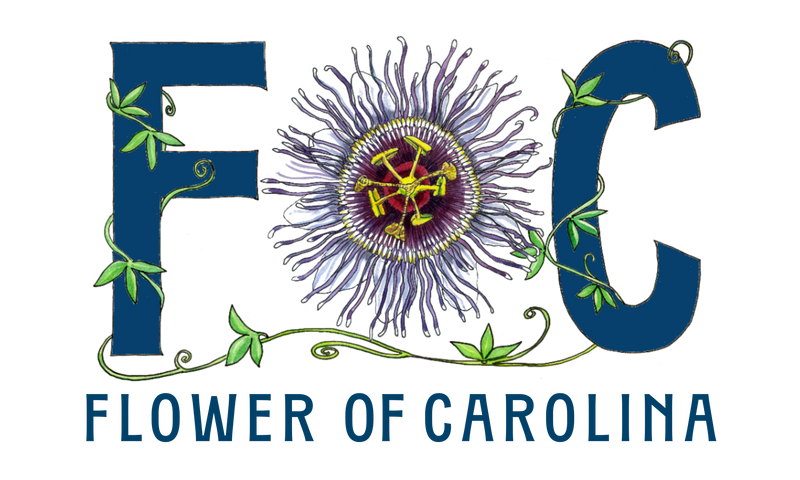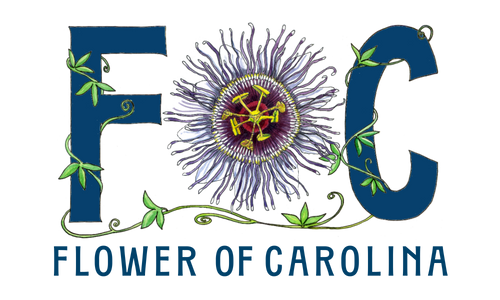Philadelphus inodorus
Appalachian Mock-orange
-
Product Info
Appalachian Mock-orange ( Philadelphus inodorus)
Hydrangea FamilyAppalachian Mock-orange is one of only three mock-orange species native to the southeastern United States, making it a valuable yet often overlooked member of our native flora. While many gardeners are familiar with the intensely fragrant, non-native mock oranges of European or hybrid origin, P. inodorus offers similar ornamental appeal through its large, showy, four-petaled white flowers, but in a native form. For best performance, plant in full to partial sun in average, well-drained soils. This multi-stemmed deciduous shrub typically grows 6 to 10 feet tall and 4 to 8 feet wide, with a loosely vase-shaped to rounded form. Its arching branches can develop into dense thickets over time if left unpruned, making it useful for natural screens, informal hedgerows, or erosion control. Despite its adaptability and handsome floral display, P. inodorus remains surprisingly rare in the nursery trade, often overshadowed by non-native cultivars selected for fragrance or compactness.
- Blooms: White, 3-4 weeks, April-May
- Leaves:Smallish, simple leaves are a sage green
- Height: 6-10’
- Space:4-6’
- Soil:Average-Moist
- Exposure:Full Sun-Part sun-Part shade
- Fauna: Small bees, flies, older thickets provide habitat
- Seeds: Small, hard capsule is filled with numerous tiny seeds
- Deer Resistance:High
- Zone: 5-10
- Native Status: NC native, uncommon in the Piedmont and Mountains, rare in the Coastal Plain
- Provenance:Unknown, seed grown









